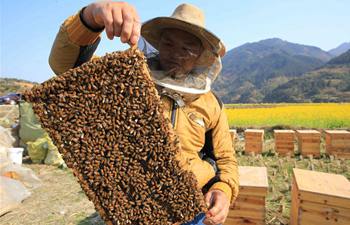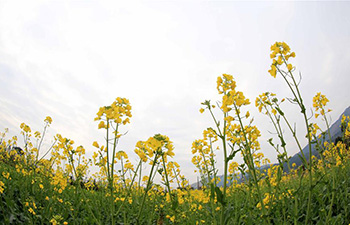CANBERRA, Feb. 6 (Xinhua) -- Studying how small groups of wildlife share limited resources with each other could be key in saving the species from extinction, Australian researchers said on Tuesday.
The team from the ARC Centre of Excellence for Environmental Decisions, Commonwealth Scientific and Industrial Research Organisation (CSIRO) and Australian National University (ANU) developed a new method to predict how any given species will respond to a new habitat.
Ayesha Tulloch, lead researcher from ANU, said on Tuesday that the method would allow conservationists to see which species will thrive and which will decline under a selected strategy.
"By thinking not only about individual species but about how they share space and resources with others, we can ensure that management actions are chosen that benefit the most vulnerable species, and avoid actions that might lead to unintended declines."
The International Union for Conservation of Nature (IUCN) says that Australia is home to 86 critically endangered species while Australia's own Environment Protection and Biodiversity Conservation Act lists only 54.
"Limited conservation funding means we know how a small number of species might react to land management. By understanding how they interact with their neighbours when resources are scarce, we can now discover who wins and loses if we change the landscape by planting trees or taking cattle off farms."

















